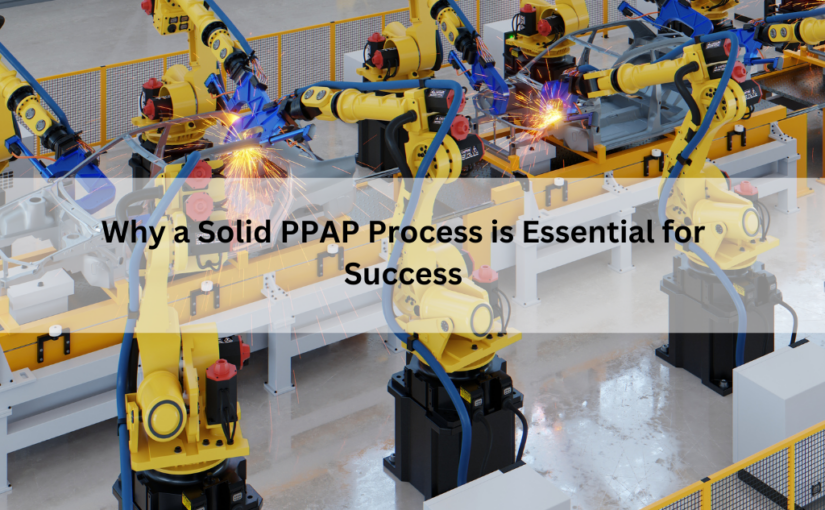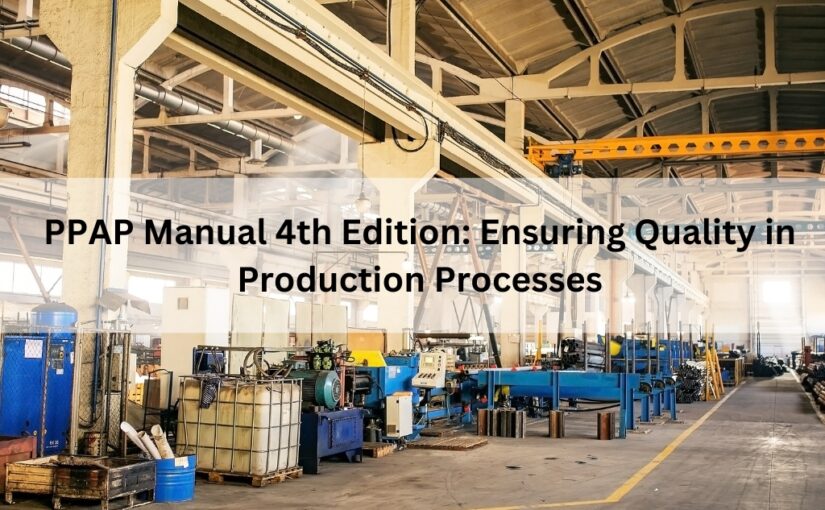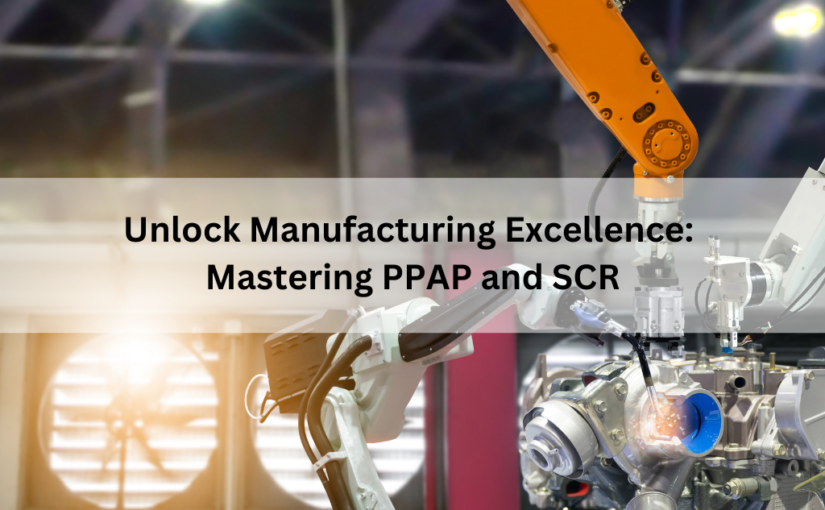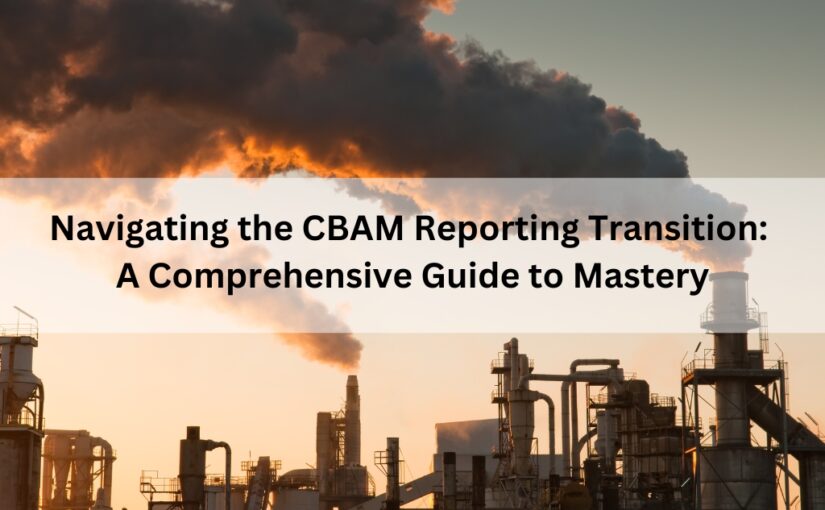PPAP Manual 4th Edition: Ensuring Quality in Production Processes
As a manufacturer, it is imperative that their production processes are of the highest quality and consistency. Many organizations adhere to the Production Part Approval Process (PPAP) to achieve this goal. In this blog, we will explore the requirements outlined in the 4th edition of the PPAP manual. The purpose of this document is to provide guidelines for approving and documenting production processes in an effective manner.
PPAP is a standardized process used to verify that all manufacturing processes meet customer specifications prior to full production. This ensures that the manufacturing organization understands and adheres to the customer’s requirements, thereby minimizing the risk of quality issues and dissatisfied customers.
Comprehending the Fourth Edition of the PPAP Manual:
There are several critical enhancements to the approval process in the 4th edition of the PPAP manual. To align with industry best practices and regulatory standards, it introduces new requirements and clarifies existing ones. As a primary objective, the supply chain must be made more efficient, consistent, and transparent.
The 4th edition of the PPAP manual aligns with the latest industry standards and best practices. The document outlines the following key requirements:
Levels of Submission:
PPAP categorizes submission levels into five levels, each requiring varying degrees of documentation and detail. The requirements for each level depend on the characteristics of the part or product being produced and the related risks. Based on customer expectations and industry standards, manufacturers must determine the appropriate submission level.
Level 1: Part warrant submission. Basic information about the part, such as the part name, part number, and supplier, is included in this section.
Level 2: The submission of a Part Submission Warrant (PSW). In addition to the information provided in Level 1, Level 2 includes dimensional results, material certifications, and initial process capability.
Level 3: Submission of PSW and product samples with complete supporting documentation. As part of Level 3, actual product samples must be submitted along with the PSW. It is important that these samples are representative of the final product.
Level 4: The PSW and other supporting documents should be submitted as defined by the customer.
Level 5: A PSW with product samples and complete supporting data is available for review at the supplier’s manufacturing facility.
Documentation Requirements:
In the 4th edition of the PPAP manual, detailed documentation requirements are outlined for each level of submission. This includes documentation such as Design records, Engineering change documents, Customer engineering approval, Dimensional results, Control plans, Process flow diagrams, Failure Mode, and Effects Analysis (DFMEA & PFMEA), Measurement System Analysis, Material Test Certificates, Initial Process Studies, Qualified Laboratory Documentation, Appearance Approval Report, Sample Production parts, Master samples, Checking Aids, Customer-specific requirements, Part Submission warrant (PSW) etc. The documents provide an overview of the manufacturing process, quality control procedures, and potential risks involved in the production process.
Design Records:
PPAP requires accurate and comprehensive design records, including engineering drawings, specifications, and any other relevant design documents. These records ensure that the product is manufactured according to the customer’s requirements and specifications.
Material Requirements:
It is necessary for manufacturers to provide evidence of material compliance, such as material certifications, chemical analysis reports, and material safety data sheets (MSDS). In this way, the production process is assured to use appropriate and compliant materials.
Process Control Plan:
The PPAP manual emphasizes the importance of documenting a process control plan. To ensure consistent quality throughout the production process, this plan outlines all steps, checks, and inspections that need to be completed. The purpose of this document is to assist manufacturers in identifying any potential process failures or deviations and developing appropriate corrective actions.
Measurement System Analysis (MSA):
As part of the PPAP, the inspection and testing methods must be based on a robust measurement system analysis to ensure their reliability and accuracy. The evaluation includes the evaluation of measurement systems, gauge repeatability and reproducibility (GR&R), and calibration records.
Failure mode and Effects analysis (FMEA):
FMEA is a systematic approach that is used in PPAP to identify and assess potential failure modes. Additionally, it evaluates their causes, and their potential effects on the quality and performance of a part or process. To ensure the quality and reliability of products and services, it can assist in proactively identifying and prioritizing potential risks and taking preventative measures.
The Production Part Approval Process (PPAP) manual, fourth edition, outlines important requirements that manufacturers should follow when seeking approval for their production processes. It is important that manufacturers adhere to these requirements to minimize the risk of quality issues, ensure compliance with customer specifications, and establish a solid foundation for successful production operations. An organization’s ability to maintain high standards of quality and customer satisfaction depends on understanding and implementing the guidelines provided in this manual. To enhance customer satisfaction, improve product quality, and increase overall manufacturing efficiency, suppliers must thoroughly understand PPAP requirements and allocate the appropriate time and resources to meet them.
PPAP is a standardized process used to verify that all manufacturing processes meet customer specifications prior to full production. This ensures that the manufacturing organization understands and adheres to the customer’s requirements, thereby minimizing the risk of quality issues and dissatisfied customers.
Comprehending the Fourth Edition of the PPAP Manual:
There are several critical enhancements to the approval process in the 4th edition of the PPAP manual. To align with industry best practices and regulatory standards, it introduces new requirements and clarifies existing ones. As a primary objective, the supply chain must be made more efficient, consistent, and transparent.
The 4th edition of the PPAP manual aligns with the latest industry standards and best practices. The document outlines the following key requirements:
Levels of Submission:
PPAP categorizes submission levels into five levels, each requiring varying degrees of documentation and detail. The requirements for each level depend on the characteristics of the part or product being produced and the related risks. Based on customer expectations and industry standards, manufacturers must determine the appropriate submission level.
Level 1: Part warrant submission. Basic information about the part, such as the part name, part number, and supplier, is included in this section.
Level 2: The submission of a Part Submission Warrant (PSW). In addition to the information provided in Level 1, Level 2 includes dimensional results, material certifications, and initial process capability.
Level 3: Submission of PSW and product samples with complete supporting documentation. As part of Level 3, actual product samples must be submitted along with the PSW. It is important that these samples are representative of the final product.
Level 4: The PSW and other supporting documents should be submitted as defined by the customer.
Level 5: A PSW with product samples and complete supporting data is available for review at the supplier’s manufacturing facility.
Documentation Requirements:
In the 4th edition of the PPAP manual, detailed documentation requirements are outlined for each level of submission. This includes documentation such as Design records, Engineering change documents, Customer engineering approval, Dimensional results, Control plans, Process flow diagrams, Failure Mode, and Effects Analysis (DFMEA & PFMEA), Measurement System Analysis, Material Test Certificates, Initial Process Studies, Qualified Laboratory Documentation, Appearance Approval Report, Sample Production parts, Master samples, Checking Aids, Customer-specific requirements, Part Submission warrant (PSW) etc. The documents provide an overview of the manufacturing process, quality control procedures, and potential risks involved in the production process.
Design Records:
PPAP requires accurate and comprehensive design records, including engineering drawings, specifications, and any other relevant design documents. These records ensure that the product is manufactured according to the customer’s requirements and specifications.
Material Requirements:
It is necessary for manufacturers to provide evidence of material compliance, such as material certifications, chemical analysis reports, and material safety data sheets (MSDS). In this way, the production process is assured to use appropriate and compliant materials.
Process Control Plan:
The PPAP manual emphasizes the importance of documenting a process control plan. To ensure consistent quality throughout the production process, this plan outlines all steps, checks, and inspections that need to be completed. The purpose of this document is to assist manufacturers in identifying any potential process failures or deviations and developing appropriate corrective actions.
Measurement System Analysis (MSA):
As part of the PPAP, the inspection and testing methods must be based on a robust measurement system analysis to ensure their reliability and accuracy. The evaluation includes the evaluation of measurement systems, gauge repeatability and reproducibility (GR&R), and calibration records.
Failure mode and Effects analysis (FMEA):
FMEA is a systematic approach that is used in PPAP to identify and assess potential failure modes. Additionally, it evaluates their causes, and their potential effects on the quality and performance of a part or process. To ensure the quality and reliability of products and services, it can assist in proactively identifying and prioritizing potential risks and taking preventative measures.
The Production Part Approval Process (PPAP) manual, fourth edition, outlines important requirements that manufacturers should follow when seeking approval for their production processes. It is important that manufacturers adhere to these requirements to minimize the risk of quality issues, ensure compliance with customer specifications, and establish a solid foundation for successful production operations. An organization’s ability to maintain high standards of quality and customer satisfaction depends on understanding and implementing the guidelines provided in this manual. To enhance customer satisfaction, improve product quality, and increase overall manufacturing efficiency, suppliers must thoroughly understand PPAP requirements and allocate the appropriate time and resources to meet them.










